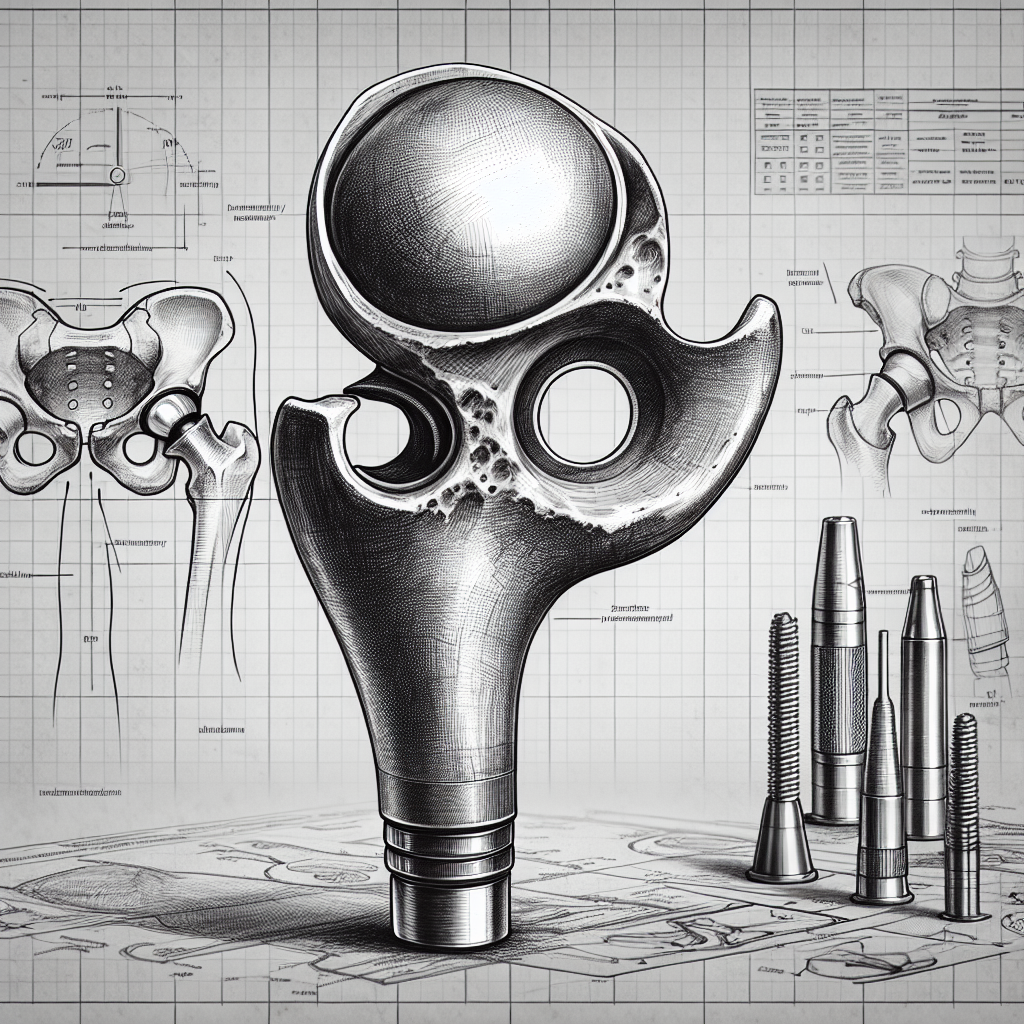Defective Hip Implants: A Growing Concern for Patients

Meta Keywords: defective hip implants, hip replacement surgery, medical device recalls, patient safety, complications
Introduction:
Over the past decade, the use of hip implants has become increasingly common as a solution for individuals suffering from hip joint problems. However, a rising number of cases involving defective hip implants have raised concerns about patient safety and the effectiveness of these medical devices. This article aims to shed light on the issue of defective hip implants, exploring the causes, consequences, and potential solutions.
The Rise of Defective Hip Implants
In recent years, there has been a surge in the number of defective hip implants reported by patients. These implants, which are designed to improve mobility and alleviate pain, have instead caused severe complications and adverse effects. The primary reasons behind this rise can be attributed to:
- Faulty Design: Some hip implants are poorly designed, leading to premature failure and the need for revision surgery.
- Manufacturing Defects: Errors during the manufacturing process can result in implants that are prone to breakage or dislocation.
- Insufficient Testing: Inadequate testing and regulatory oversight have allowed defective implants to enter the market, putting patients at risk.
The Consequences for Patients
The consequences of receiving a defective hip implant can be devastating for patients. Common complications include:
- Implant Loosening: Defective implants may fail to properly integrate with the bone, leading to instability and pain.
- Fractures: Weak or faulty implants can fracture, causing further damage to the hip joint and surrounding tissues.
- Metal Poisoning: Some implants contain metal components that can release toxic ions into the bloodstream, resulting in metallosis and other systemic issues.
- Revision Surgery: Patients with defective implants often require additional surgeries to remove and replace the faulty device, leading to increased pain, recovery time, and medical expenses.
Addressing the Issue
The medical community and regulatory bodies have taken steps to address the issue of defective hip implants. These include:
- Improved Regulations: Regulatory agencies have tightened their oversight of medical device manufacturers, implementing stricter guidelines for product approval and post-market surveillance.
- Recalls and Litigation: In response to reported cases of defective implants, manufacturers have initiated recalls, and patients have pursued legal action to seek compensation for their injuries.
- Enhanced Testing and Research: Efforts are underway to improve the testing and research conducted on hip implants, ensuring their safety and efficacy before they reach patients.
Conclusion
The issue of defective hip implants is a growing concern for patients and the medical community alike. The rise in reported cases highlights the need for improved regulations, enhanced testing, and increased transparency in the medical device industry. Patients must be aware of the potential risks associated with hip replacement surgery and consult with their healthcare providers to make informed decisions. By addressing these issues, we can strive to ensure the safety and well-being of individuals seeking relief from hip joint problems.







